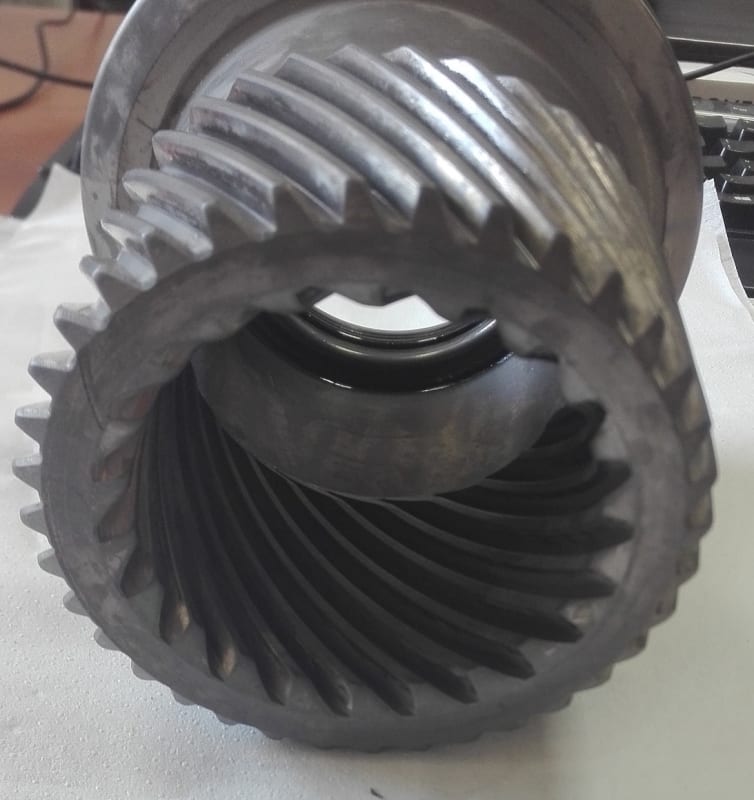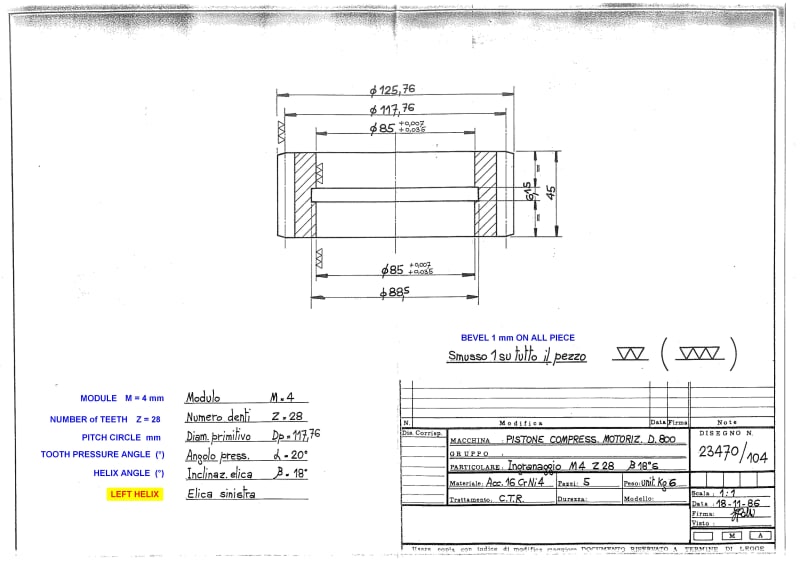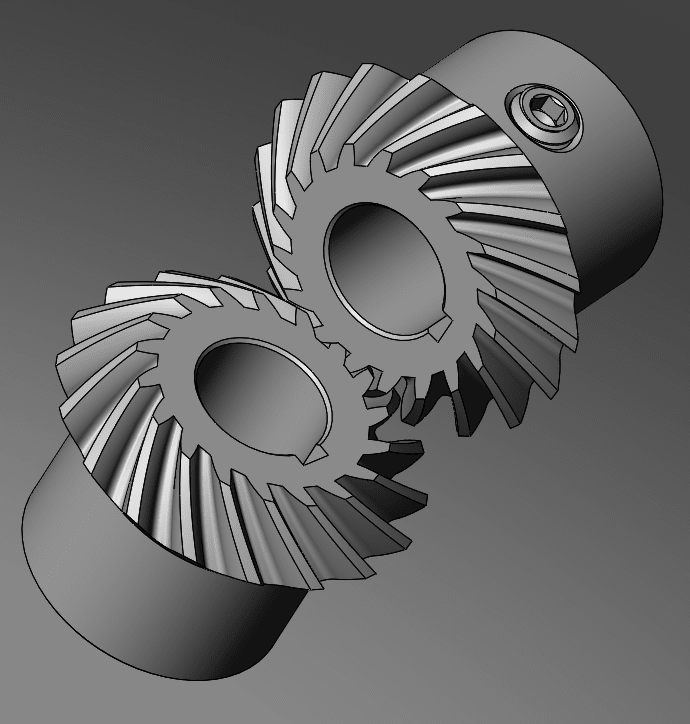Blondys
Mechanical
- Apr 19, 2020
- 4
Hello,
I am searching a sample technical drawings for helical gear or multi-start thread (I mean single element; for example: gearwheel or pinion)
exactly: how to make the correct 2D drawing for this, picture below

thanks in advance
I am searching a sample technical drawings for helical gear or multi-start thread (I mean single element; for example: gearwheel or pinion)
exactly: how to make the correct 2D drawing for this, picture below

thanks in advance



